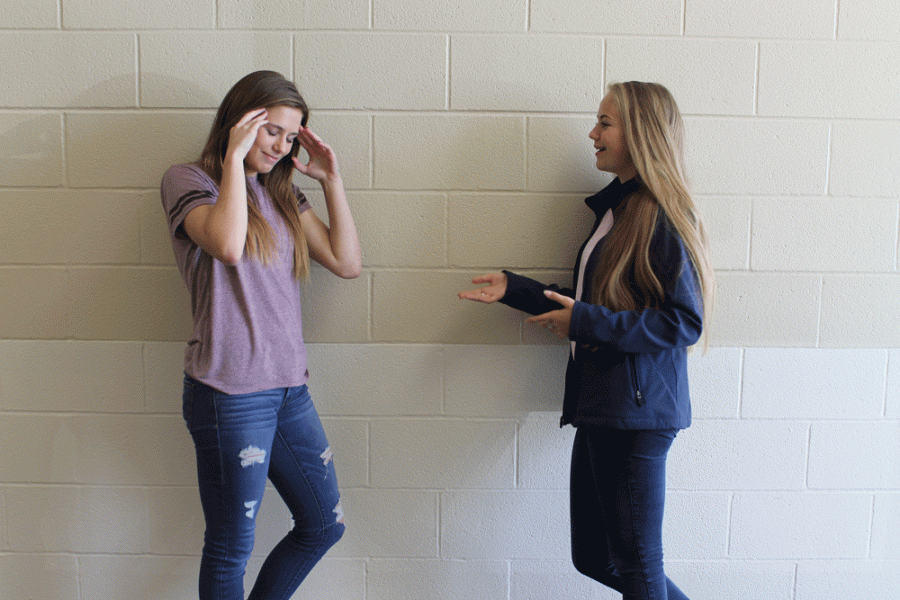Body Language: Myths and Reality
February 8, 2016
Body language takes a part in many different aspects of life. From speaking with another person to reading someone’s emotion to rooting out a liar, it seems that society will judge the messenger without hearing the message. However, different body movements can have different meanings from situation to situation and seeing a certain signal does not always mean a certain thing.
Liars don’t make eye contact, and people hiding something will fidget.
Well known around the world, it is believed that liars will break eye contact, and constant eye movement indicates scattered thoughts and it is reflected in their eyes. In fact, there is no correlation between lying and excessive movement. Contrary to popular belief, studies show that expert liars will hold eye contact for longer than normal in order to get a point across. True liars will tend to hold eye contact for a moment, quickly look away and then take a glance at the person to see if he/she buys into the lie. Fidgeting does not always mean that a person is hiding something either. Biting lips, tossing hair and other habitual body movements are linked to stress and nervousness.
Crossed arms are a sign of defensiveness, objection and hostility
Crossed arms can mean a wide variety of things, depending on the context. When a person crosses his/her arms, it could mean that the person is deep in thought. Research indicates that the human brain processes information 30 percent faster when crossing arms, with increased recognition and memory as well as increased performance. It could also mean that the person is getting comfortable or trying to be friendly with the speaker.
Body language makes up 93 percent of communication.
Although it is true that body language does make up a large part of everyday language, it is not the majority. The actual statistic is much lower. If one watched a movie in a foreign language, it is highly unlikely that that person will understand nearly all of what is happening on screen. Understanding the words as well as who is saying them and when allows a much greater insight into their meaning.
Body language can make or break a first impression.
Very often, people will judge others based on their handshake, their posture and their smile. These can sometimes be misleading, however. Instead, one should look at the person’s energetic state. This can include excited, hostile, bored, engaged and disinterest.
All in all, words are only a part of what is said, body language also makes up a large part of communication. Body language will always vary based on the situation.






